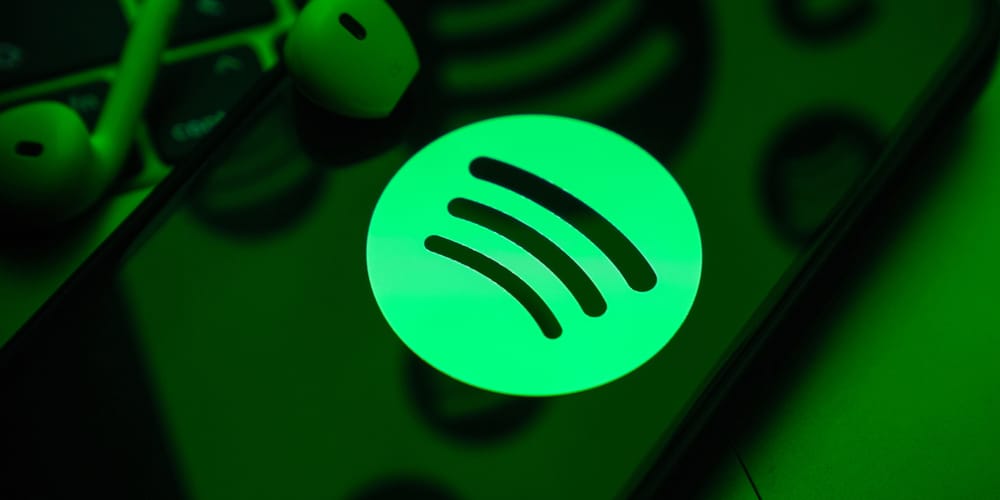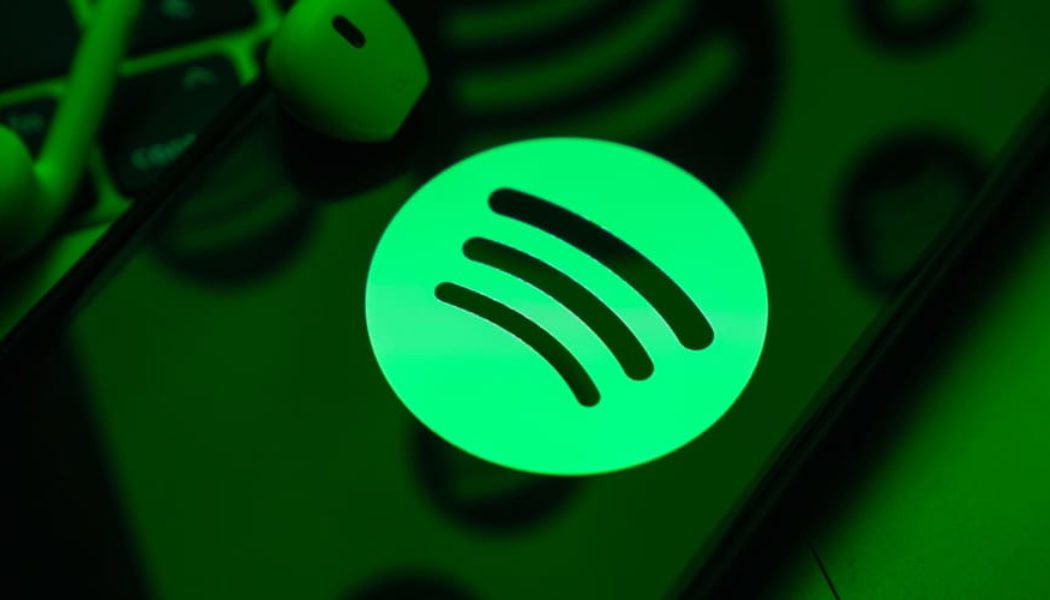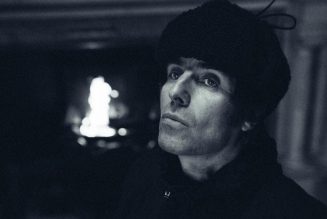
Spotify — who pays artists between $0.003 and $0.005 every time a track is streamed on its platform — has allegedly been filling out its playlists with tracks from “ghost artists” to minimize its royalty expenditures and increase its profit margins. Per a report from Harper’s Magazine following a multi-year investigation, Spotify has been working with what the report describes as a “web” of production companies to pad out its playlists in genres like jazz, lo-fi hip-hop, ambient and classical. Since 2017, these companies have been creating music called “Perfect Fit Content” (or PFC for short) that’s shared through hundreds of “artist profiles,” making these PFC tracks cheaper to host on the platform as Spotify doesn’t have to pay out royalties to external artists when PFC songs are streamed.
Spotify playlists like “Ambient Relaxation,” “Cocktail Jazz” and “Bossa Nova Dinner” are now almost entirely made up of PFC music, and thousands of PFC tracks have been streamed millions of times. A particularly striking example from the Harper’s Magazine piece shows that a production company in Spotify’s home country of Sweden employs 20 songwriters who are behind the work of more than 500 “artists.” On the Spotify app, the artist profiles for the PFC tracks are either empty, offer inconclusive results when searched, or, as the story notes, in at least one case, feature an entirely fabricated bio.
In the modern music landscape, which is run largely by a streaming-driven revenue model, the proliferation of “ghost artists” and PFC music could be devastating for the working musician, who’s already not taking home any substantial amount of money for streaming. For example, Spotify CEO Daniel Ek has sold roughly $345 million USD of his personal company stock since July 2023, an amount an artist would have to net 115 billion streams in one 12-month period to match. That’s 15 billion more streams than Drake, Spotify’s most-streamed artist of all time, has garnered since his music first appeared on the platform more than a decade ago. For an example of what a working musician takes home from a platform like Spotify, Takuya Kuroda, a trumpeter whose Rising Son, a modern jazz classic, celebrated its 10th anniversary this year has roughly 157,000 monthly listeners, and his most popular track, a smooth reimagination of Roy Ayers‘ “Everybody Loves the Sunshine” has been streamed 25 million times in 10 years. That amount of streams equates to roughly $59,500 USD — or just over $5,000 USD a year — before management, labels and distribution take commissions.
Spotify has denied these claims, calling them “categorically untrue, full stop.” However, the report notes that several of Spotify’s playlist editors had left the company, disenfranchised by the concept, and were replaced by editors who were more open to the PFC model. “If the metrics went up, then let’s just keep replacing more and more, because if the user doesn’t notice, then it’s fine,” one of these editors said. This June, Ek also tweeted that “creating content” costs “close to zero.”









